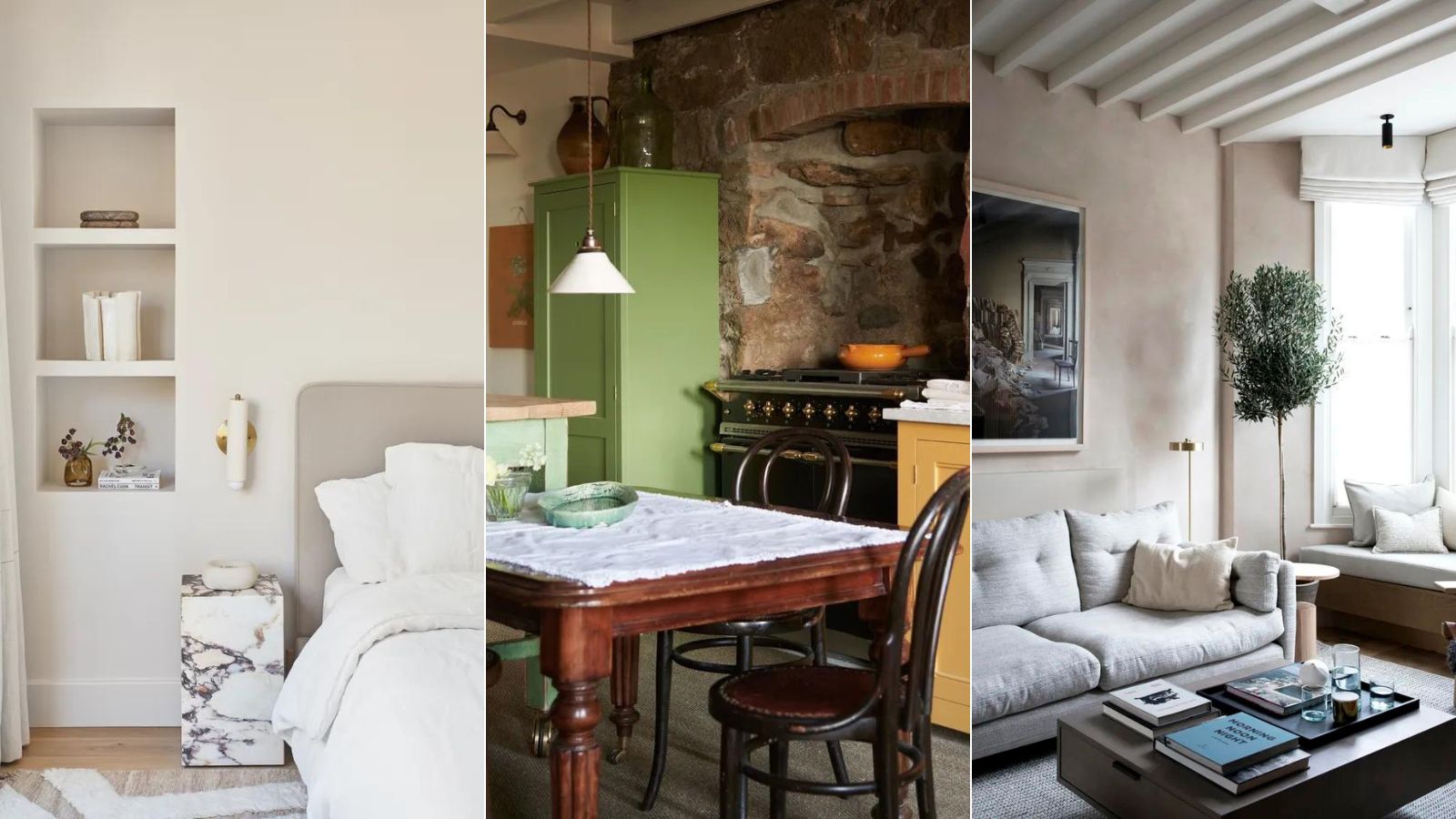
The 1990s will forever be my favorite decade, but even I had reservations about redecorating with some of these bygone design trends. For those of us who remember the purple bedrooms, honey oak kitchens and chrome, well, everything of this era, are most likely more than happy it is a thing of the past, or so you thought! Well, the 1990s is back, but this time, it has been reinvented for 2024, and the new interpretations have impressed even me.
Here, I talk through my current favorite interior design trends for 2024, taking inspiration from my favorite decade – the 1990s.
The new way to do 1990s interior design trends
There are a few nostalgic trends that have faded from memory, but like most decor trends, there are some that have come full circle and are now more popular than ever. In fact, many of this year's most prolific trends draw inspiration from the past – the 1990s to be precise. Take a walk down memory lane with me...
1. Minimalism
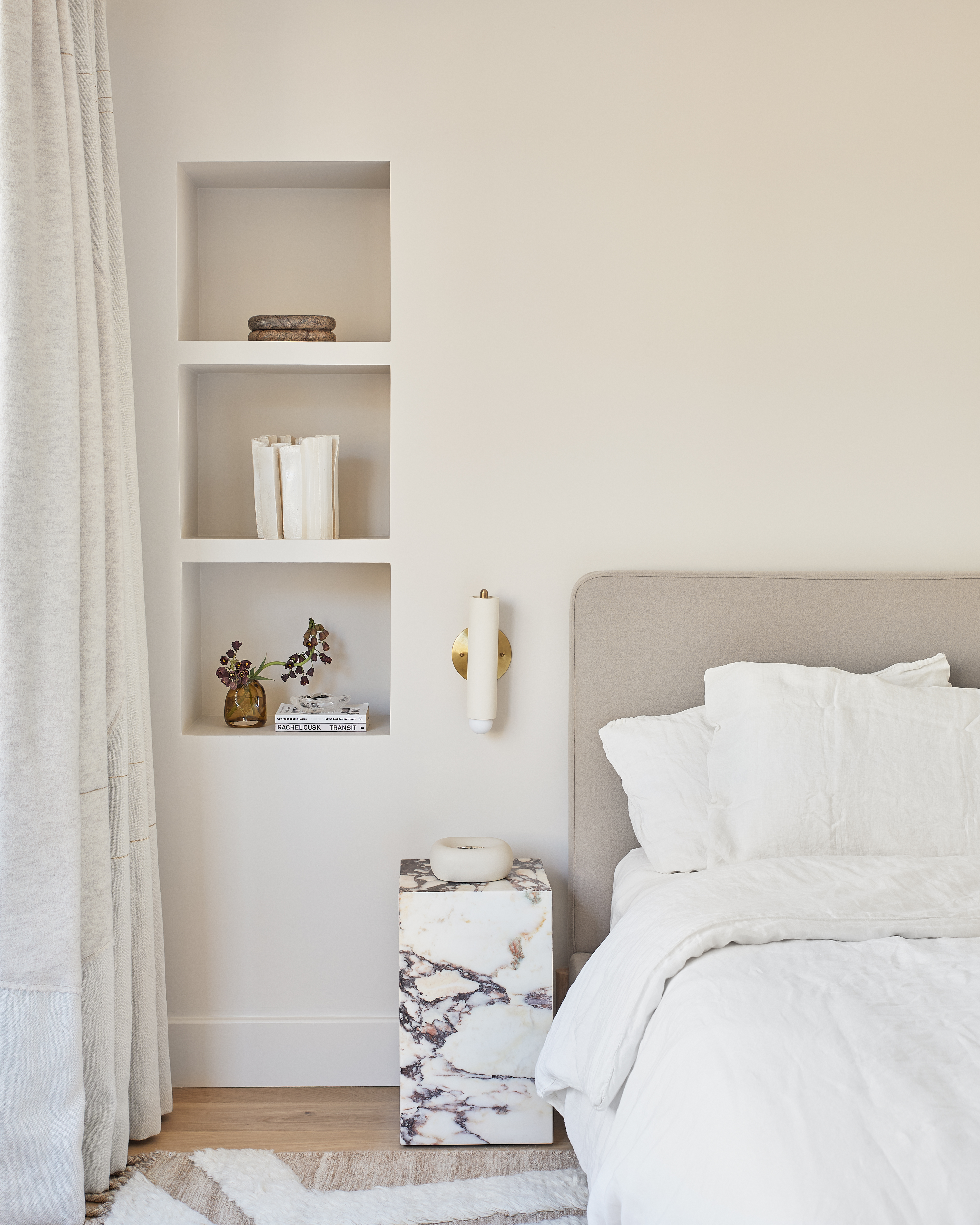
After the excess and extravagance of the 1980s, the 1990s saw many of us embrace pared-back, minimalist decor ideas. However, far removed from the starkness of the past, today's stripped-back aesthetic equates to relaxed not sterile spaces.
Set to be 2024’s dominant look in interiors, warm or soft minimalism blends warmer-toned color schemes with clean, simple lines and styles. A significant evolution of the quiet luxury trend and traditional minimalism themes that have been a staple of our coverage of trends over the past year or so, it’s an easy-to-live-with aesthetic. It champions careful attention to choosing furniture, a concentrated color palette based on earthy, natural tones, as well as a hint of the reflective richness that particular hard materials can provide.
'We refer to it as essential, or soft minimalism,' says Kasper Rønn Von Lotzbeck of Danish studio Norm Architects. 'We believe that it’s important for human welfare to be connected to nature; these days, a lot of people miss that in their lives. Unlike nineties stark minimalism, our minimalism is much about using materials that activate the senses – when you walk on a wooden floor, you hear your own footsteps; or when you walk on a soft carpet, you feel cozy and warm. It’s not really minimalist – we use decorations from time to time – but it’s always in an essential, considered way.'
2. Stainless steel and chrome finishes
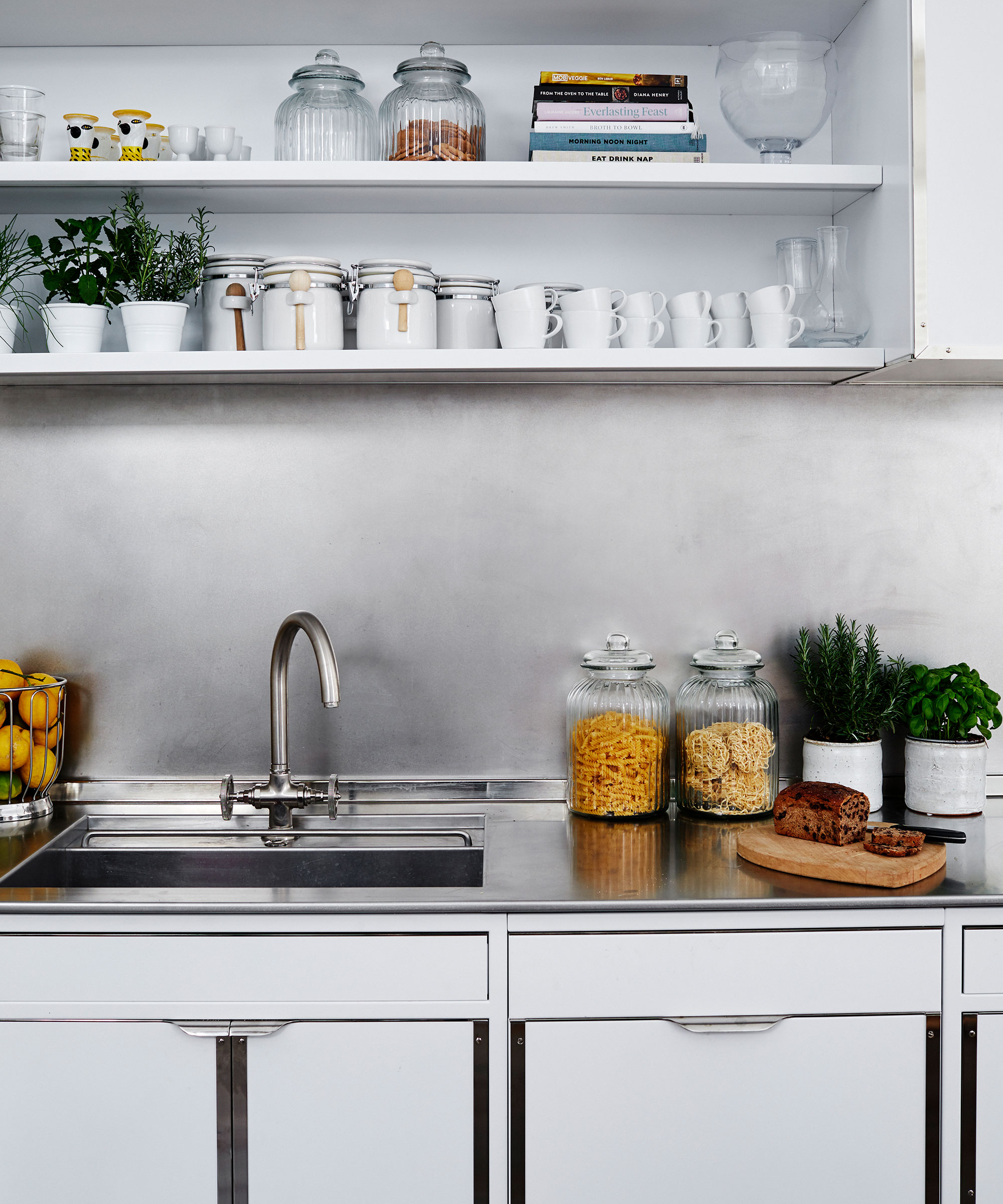
Cool metals were everywhere in the 1990s, from light fixtures and furniture legs to kitchen backsplashes and hardware. Fast forward thirty years and the chrome decor trend is back, and I predict it is here for the long haul.
The return of chrome's popularity is an exciting prospect for interior designers, who are designing spaces with this cooler metal once again.
'I am delighted that chrome and metallic detailing is coming back,' says John and Christine Gachot, co-founders of GACHOT Studios. In the '90s, we often used chrome, which, at the time, was considered a contemporary material to make a subtle reference to mid-century modern design, it was truly the height of fashion.'
Stainless steel is also having a welcome resurgence this year. David Beckham's stainless steel kitchen is at the top of our lust list.
'Stainless steel is durable, low-maintenance and extremely hygienic, so it's the ideal backsplash material for our present times,' says Tom Edmonds, design director at Lewis Alderson. 'It can be made into large complicated pieces with sinks and drainers welded in, virtually eliminating joints where bacteria and dirt could accumulate.' While it is more often associated with contemporary kitchens, stainless steel and chrome finishes can prove a surprisingly good fit amid traditional cabinetry. 'In a classic kitchen, stainless steel lends a modern edge and, in time, will gain small swirl marks, which will settle into a lovely mellow patina that requires little fuss,' adds Tom.
3. Color blocking
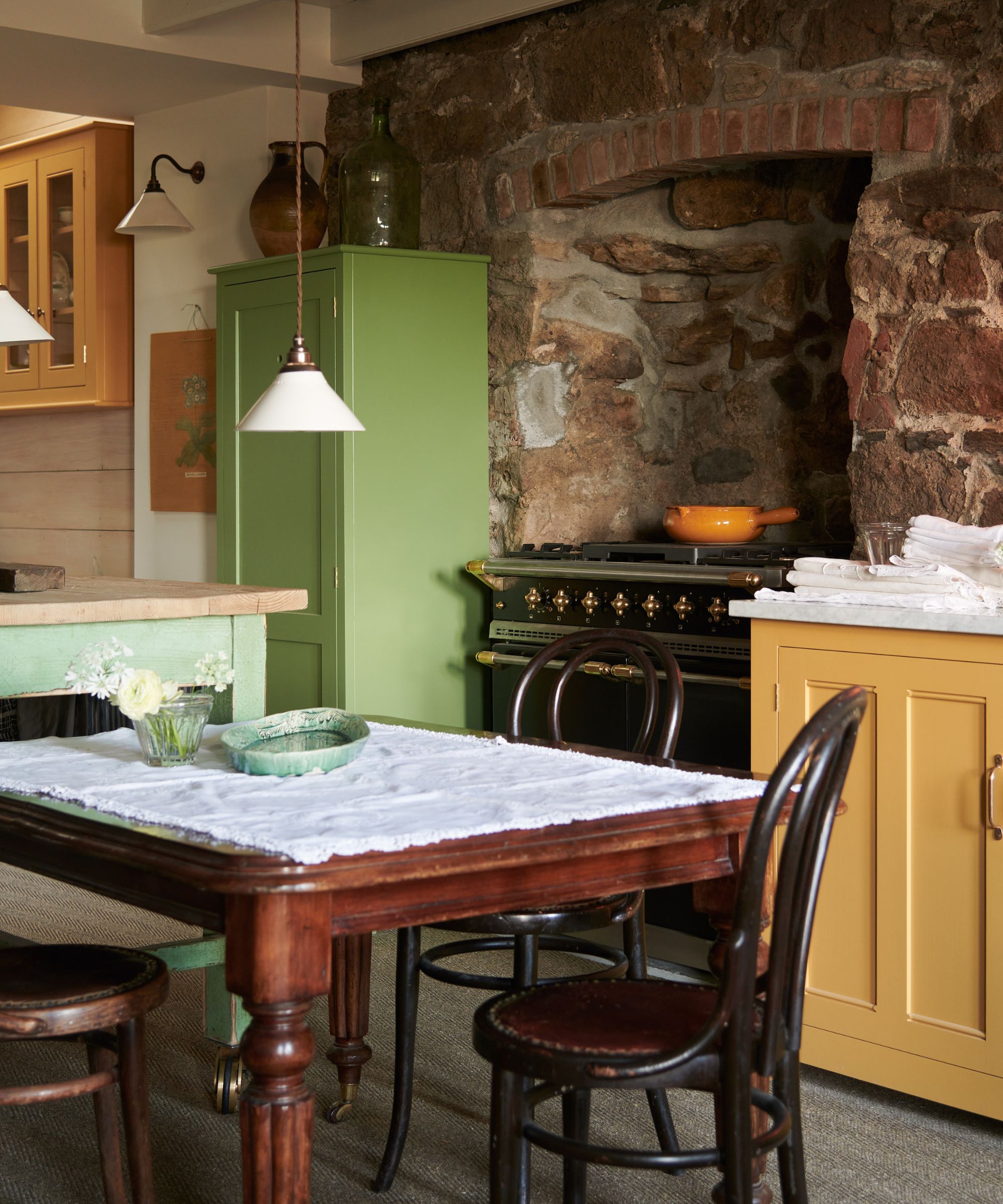
We may have had a penchant for beige in the '90s, but color blocking was another color trend that made waves during this period. First popularized through 1980s fashion when bold, primary brights took hold, color drenching and blocking became commonplace in households up and down the US this decade. This season we are drawn to color in all its vivid glory and mixing it up with unexpected combinations for a vibrant, contemporary home rather than dated.
Color blocking is a great technique for anyone keen to test strong colors without over-committing. An all-out approach, with multiple blocks of undiluted color, often clashing, is popular in modern homes. But for a more classical look go for one small, clearly defined block of dramatic color. Restrict the rest of the paintwork to muted tones to make a statement color feel more impactful. Best of all, small injections of saturated color are easy to update.
4. Oak kitchen cabinetry
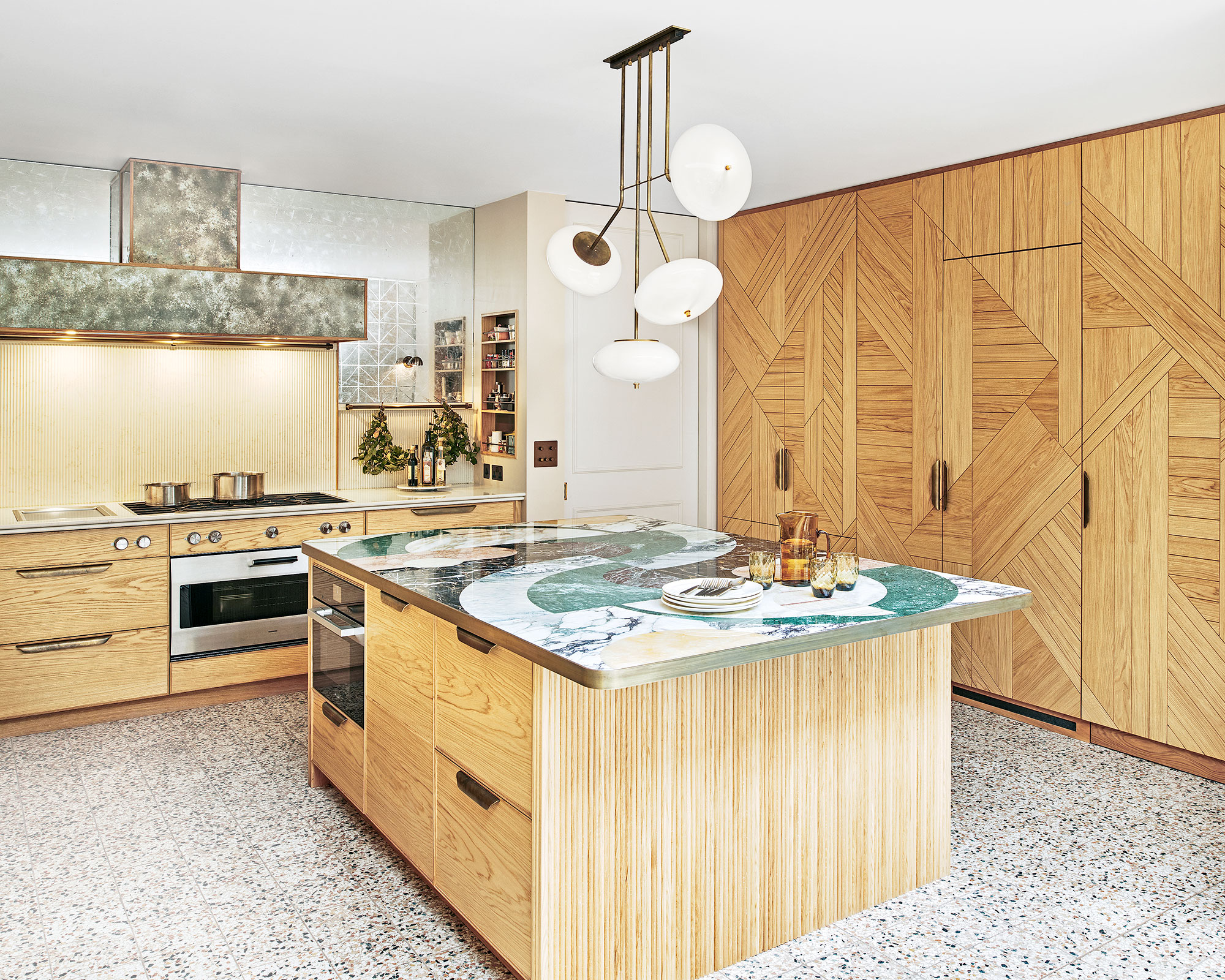
Oak kitchen cabinet ideas, particularly honey oak or golden oak, were common in 90s kitchens, providing a warm, failsafe, and traditional look.
I have fond memories of our family kitchen with what I called 'orange wood' as a child. It was sadly dismantled in the early 2000s and replaced with a contemporary, stained beech wood. However, honey and golden oak have seen a modern resurgence. In recent years, there have been several new and interesting techniques that have reinvigorated the material and made this old staple a modern favorite.
Oak kitchens are now considered enduringly stylish, and designs using sustainably produced or reclaimed wood are more popular than ever. What has changed is the design of oak kitchen cabinetry: fluting, unusual, textured finishes, and inlay are at the forefront of kitchen trends right now.
5. Beige
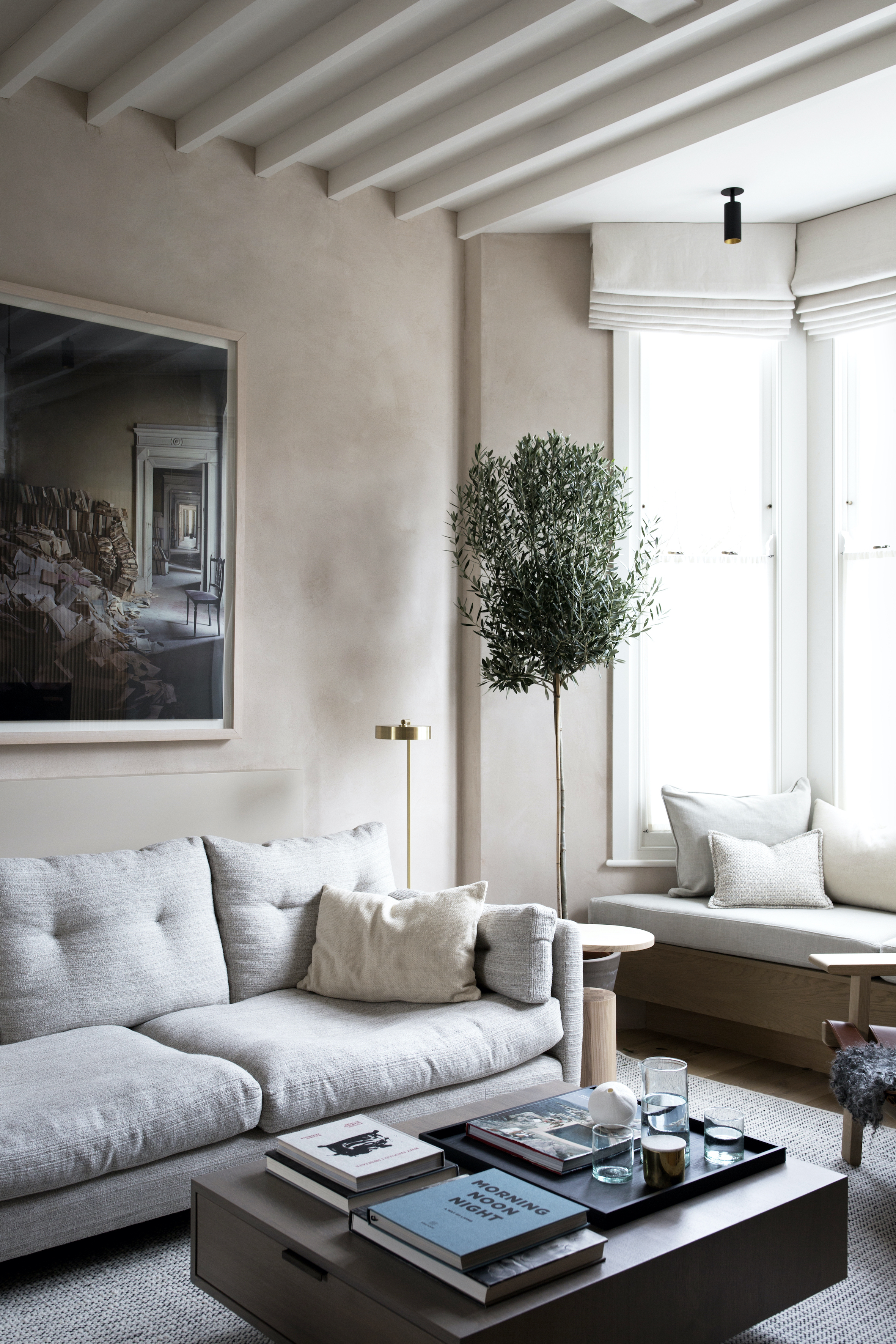
Magnolia and beige color schemes were rife in the '90s. You couldn't move without seeing a magnolia wall, or the occasional taupe. These days, decorating with beige is back and better than ever. Gone is the standard decorator's or builder's beige – once the butt of many jokes. The popular choice now is what we like to call 'new neutrals'.
Many people are re-discovering the power of this earthy neutral to create serene, tranquil and nurturing interiors. New neutrals – colors inspired by nature – have an intrinsic calming influence, provoking a similar response to gazing out upon a beautiful country or seascape.
Forgo any notions of '90s magnolia hues, the new neutrals are inspiring and grounding. 'I love the calmness that you create when you have a neutral palette in a room, especially if you wish to replicate the quiet luxury aesthetic', says interior designer Tamsin Johnson.' But this choice doesn’t have to mean boring: you can create an interesting and exciting space by layering different tones, such as off-whites and beige, then introducing a range of caramels and even accents of black.'
In general, neutrals are easy to use, and they work with almost every other color, meaning you don't have to be an expert to find the right room color ideas for your home.
Our affinity towards certain looks, materials, and colors has a lot to do with our personalities, environment, and experiences, so it is important to choose home decor ideas that make you happier at home, whether they are back on-trend or not.







